In Karachi, Pakistan's vibrant heart, land development is transforming the city into a modern hub. Challenges like uncontrolled urbanization are met with strategic planning, including mixed-use developments and smart city initiatives. The Malir Link emerges as a key driver, offering investors and developers opportunities to create sustainable communities while benefiting from advanced infrastructure. With a focus on accessibility, sustainability, and cultural heritage preservation, Karachi is poised to revolutionize Pakistan's real estate scene.
Karachi, Pakistan’s vibrant metropolis, is experiencing transformative land development, particularly with the rise of the Malir Link. This article delves into the dynamic landscape of land planning and utilization within Karachi, focusing on the Malir Link’s significance as a budding center for real estate and infrastructure. We explore both the challenges and opportunities this rapid urban growth presents from a local viewpoint, shedding light on Karachi’s evolving urban narrative.
- Understanding Land Development in Karachi: A Brief Overview
- The Malir Link: An Emerging Hub for Real Estate and Infrastructure
- Challenges and Opportunities in Land Development: A Local Perspective
Understanding Land Development in Karachi: A Brief Overview
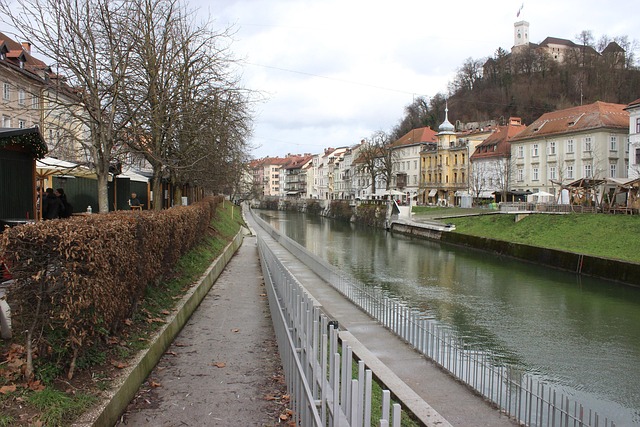
In the heart of Pakistan’s vibrant metropolis, Karachi, land development plays a pivotal role in shaping the city’s future. This bustling urban center, known for its diverse culture and ever-growing economy, presents unique challenges and opportunities when it comes to harnessing its real estate potential. Understanding land development in Karachi requires recognizing its dynamic nature, where historical remnants coexist with modern aspirations. The city’s landscape is a tapestry of traditional neighborhoods, industrial hubs, and emerging commercial districts, each contributing to its complex character.
Karachi’s land development involves careful navigation through this intricate web, ensuring sustainable growth that caters to the needs of its diverse population. Developers and urban planners must consider factors such as infrastructure, accessibility, and environmental sustainability to create vibrant communities. With a focus on enhancing livability, these efforts aim to transform Karachi into a thriving, modern city while preserving its rich cultural heritage, making it a game-changer in Pakistan’s real estate landscape.
The Malir Link: An Emerging Hub for Real Estate and Infrastructure
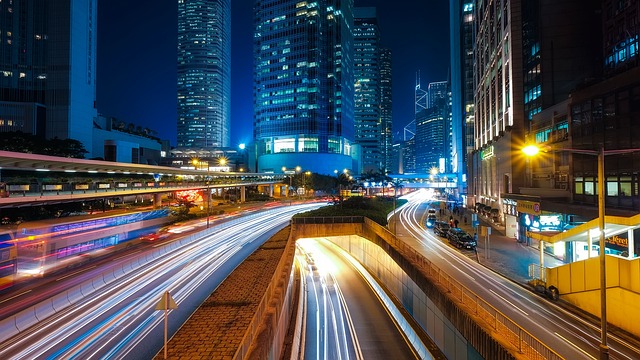
In the vibrant cityscape of Karachi, the Malir Link stands out as a promising frontier for real estate and infrastructure development. This strategic connection, linking various parts of the metropolis, is fast becoming a hotspot for investors and developers alike, driven by its immense potential to transform the urban landscape. The Malir Link offers not just seamless connectivity but also presents an opportunity to create a sustainable and thriving community.
With a focus on modern amenities and smart city principles, this area is poised to become a game-changer in Karachi’s real estate market. Its central location, coupled with well-planned infrastructure, makes it an attractive option for residential and commercial projects, promising a bright future for both local and foreign investors looking to establish their footprint in the bustling metropolis of Karachi.
Challenges and Opportunities in Land Development: A Local Perspective
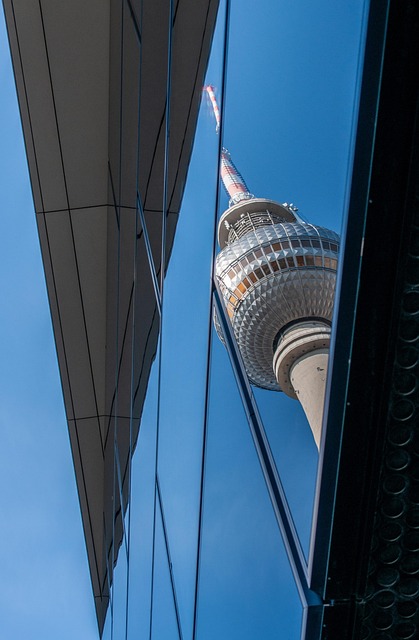
Karachi, as one of Pakistan’s most populous and rapidly growing cities, faces unique challenges in land development. The city’s dense population, coupled with limited green spaces and inadequate infrastructure, creates a complex landscape for urban planners. One significant hurdle is managing uncontrolled urbanization, where haphazard construction and illegal settlements have led to a fragmented urban fabric. This has resulted in traffic congestion, inadequate services, and a lack of sustainable living environments.
However, the challenges also present opportunities. The local government and developers are increasingly recognizing the need for strategic land use planning. There’s a growing emphasis on creating mixed-use developments that integrate residential, commercial, and recreational spaces to promote walkability and reduce traffic congestion. Moreover, the potential for smart city initiatives offers innovative solutions to manage resources, enhance connectivity, and improve overall quality of life in Karachi.
Karachi’s land development, especially with the emerging focus on areas like Malir Link, presents a fascinating blend of challenges and opportunities. This region is quickly becoming a hotspot for real estate and infrastructure growth, driven by strategic planning and local perspectives that address historical issues. As Karachi continues to evolve, navigating these developments will be key to fostering sustainable and inclusive progress, ensuring the city’s vibrant future. The Malir Link stands as a symbol of this transformation, promising not just growth but also enhanced connectivity and improved quality of life for its residents.
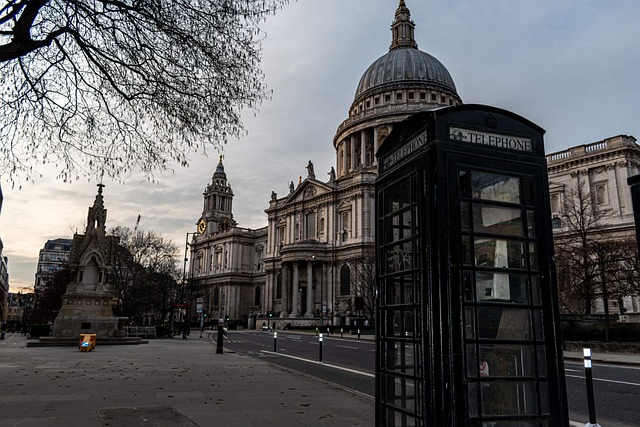
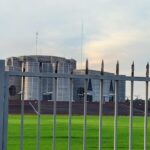



Leave a Reply